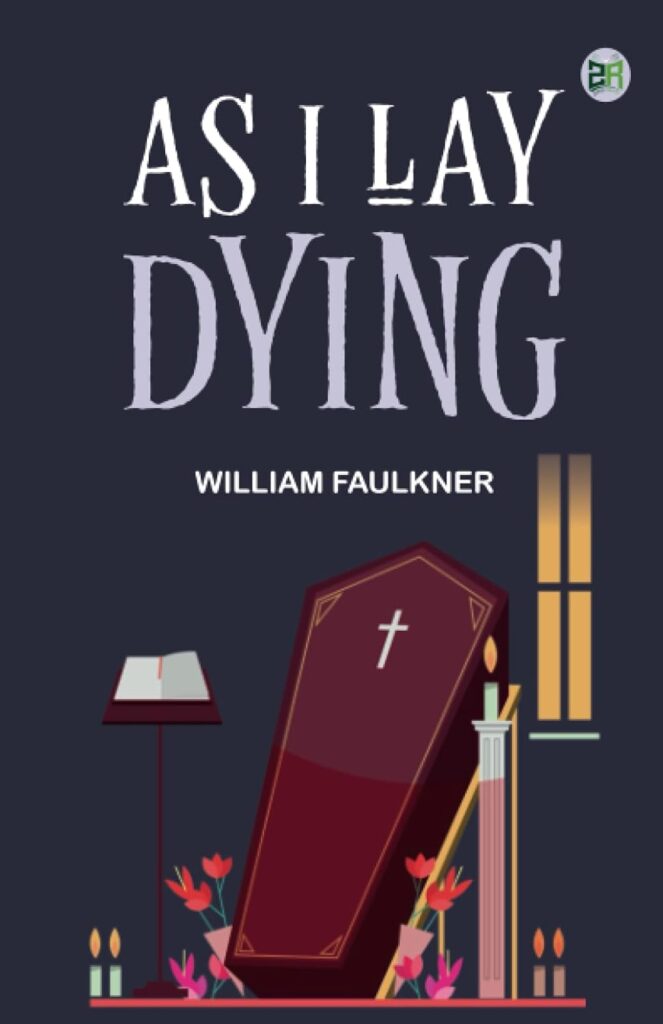As I Lay Dying by William Faulkner is a classic novel that has been banned and challenged for its dark themes, strong language, and moral questions. The book explores death in a raw and unfiltered way, which some readers and school boards have found disturbing. Its use of coarse language and the complex, sometimes uncomfortable moral choices of its characters have also led to concerns about its appropriateness, especially in classrooms. Because of these elements, the novel has been removed from reading lists in some schools over the years.
The story follows the Bundren family as they travel across rural Mississippi to bury their mother, Addie. Each chapter is told from the point of view of a different character, giving the reader insight into their thoughts and emotions. The journey becomes more than just a funeral trip—it reveals the family’s struggles, secrets, and inner conflicts.
Faulkner uses a unique style of writing that includes stream-of-consciousness, shifting perspectives, and nontraditional grammar. This makes the novel both challenging and deeply emotional. It explores big ideas like death, grief, family, identity, and the meaning of existence. Each character sees the world differently, and their voices create a powerful and haunting picture of rural Southern life.
William Faulkner, born in 1897 in Mississippi, was one of America’s most important writers. He often wrote about the American South and the complexities of its people and history. Faulkner received the Nobel Prize in Literature in 1949 for his powerful and innovative writing. His work, though sometimes difficult to read, continues to be praised for its depth, honesty, and unique style.




